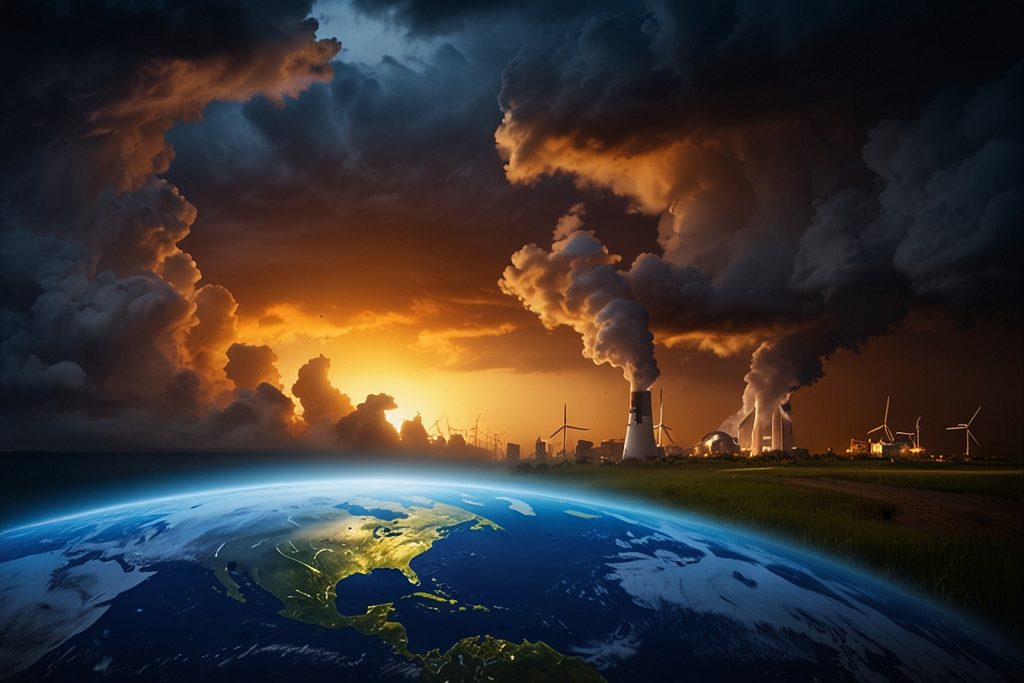Climate change is an issue that is way bigger than the environmental issue and goes far beyond the economic dangers too. Here’s how climate influences various aspects of the economy:Here’s how climate influences various aspects of the economy:
Natural Disasters: Extremes weather nuisances like hurricanes, floods, and wildfires can litter the destruction on the infrastructure, farming crops, and dwellings which is a huge economic setback. The rebuilding process and recovery funded with those resources and essentially impede the flow of economic activities in the affected area.
Agriculture and Food Security: Temperature variations and rainfall patterns become determining factors for harvest productivity. As a result, the supply of agricultural goods flow to market systems can be affected. Droughts, heat waves and shifting growing seasons are possible causes of crop failures which can translate into food shortages, price fluctuations and even inflation, affecting the food security of the globe and production across the board.
Energy Production and Consumption: The ongoing shift towards renewable energies, as a result of the efforts to combat the catastrophic effects of climate change, implies new shape to the energy field and the emergence of new energy market structure. Investments in renewable energy infrastructure, including the installation of solar, wind power, open new economic development opportunities and mean reduced dependence on fossil fuels and allowed for climate change-related risks to be managed.
Insurance and Financial Markets: Climate related risks including more destructive extreme weather results threaten the reliability of insurance companies and insurers. Insurers get more payout claims for climate related damages, interest and lending agents are careful with the risk related to climate and they think about it when investing or making loans.
Tourism and Recreation: Climate effects tourist and recreational industries indirectly since they are the ones that drive away visitors who consider natural attractions and taking part in outdoor activities such as hiking and camping as part of their itinerary. For IT, the onset of higher temperatures, sea level rising, and extreme weather disturbances might result in disruption of infrastructure, degradation of ecosystems, and different tourism patterns, which will bring about revenue losses in case economies are dependent on tourism.
Supply Chain Disruptions: Climate-associated disruptions in transportation networks, ports, and production processes will be likely provoke disorders of the global supply chains and sooner or later will lead to the failure in manufacturing, trade, and commerce. Because of the more frequent occurrence of extremely severe weather conditions and the rise in sea-level significant disruptions in the port function, delays in the shipments and increased transport costs can be expected.
Healthcare Costs: It aggravates risks for health, including dehydration, heat cramps, contracting febrile diseases, and pollution-related respiratory ailments, among others. Therefore, the cost of health care and productivity suffer as a result. Healthcare systems have to adjust with rising non-communicable diseases and make investments in the development of preventive approaches such that the health risks magnified by climate change and it can be mitigated.
Combating climate change implies sharing the responsibility amongst governments, businesses, and people to switch to a green economy, buffer effects of climate change and ensure economic stability. Investing in clean infrastructure including renewable and regenerative energy, climate change adaptation, job generation, leading to innovation and economic growth sustainably protecting the planet for our future generaitons is important.

